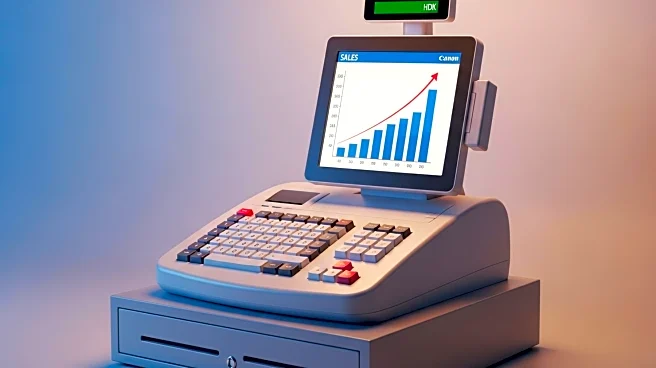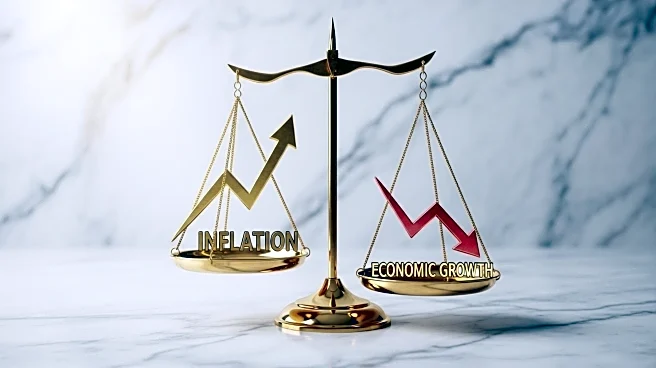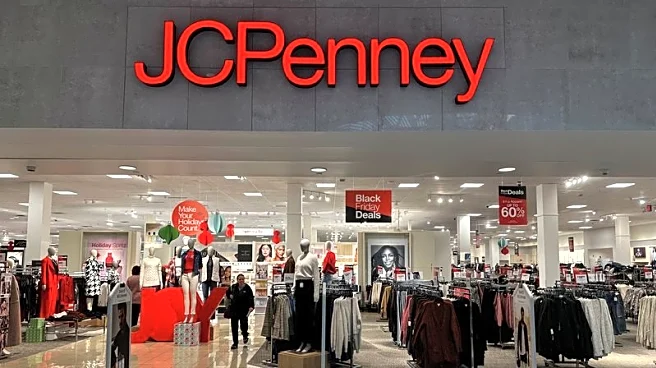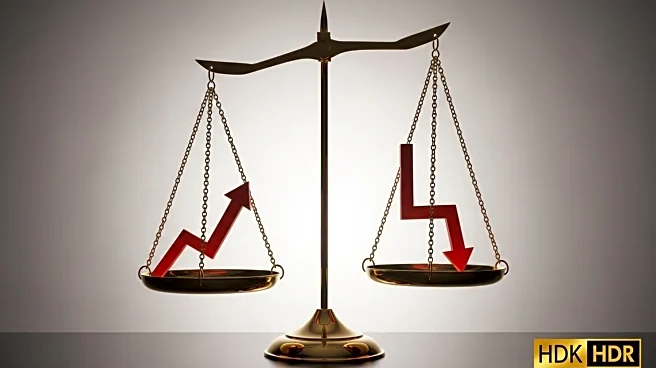What's Happening?
Retail sales in the U.S. rose by 0.6% in August compared to July, driven by back-to-school shopping and consumer efforts to purchase ahead of anticipated price increases due to tariffs. The Commerce Department's report highlights a 0.7% rise in sales excluding autos, with notable increases in electronics, clothing, and online retail. However, the tariffs imposed by President Trump have started to impact the job market and lead to price hikes, complicating the economic landscape. The Labor Department reported a 2.9% increase in consumer prices from the previous year, with core prices rising by 3.1%, both above the Federal Reserve's target.
Why It's Important?
The increase in retail sales amidst rising inflation and tariffs presents a complex economic scenario. While consumer spending remains robust, the tariffs are beginning to affect job markets and prices, potentially leading to broader economic challenges. The Federal Reserve faces a difficult decision as it prepares to cut rates, balancing the need to support economic growth with controlling inflation. Retailers are also navigating these challenges, with some absorbing costs to avoid passing them onto consumers, though this may not be sustainable long-term.
What's Next?
The Federal Reserve's upcoming rate cut decision will be closely watched, as it could influence economic stability and consumer confidence. Retailers may continue to adjust pricing strategies in response to tariffs, potentially affecting consumer behavior. The ongoing economic data will be critical in shaping future policy decisions and business strategies.












